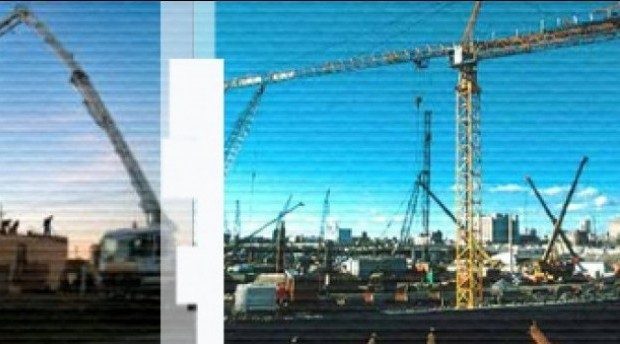Listed Philippine holding firm DM Consunji Inc (DMCI) nailed a construction contract of the Light Rail Transit Line 2 (LRT-2) system in Manila with a winning bid of $51.5 million (P2.27 billion).
Start your deal-making journey now!
Subscribe now to enjoy unlimited access at just $59.
Premium coverage on private equity, venture capital, and startups in Asia.
Exclusive scoops from our reporters in nine key markets.
In-depth interviews with industry leaders shaping the ecosystem.
Already a Subscriber? Log in
Contact us for corporate subscriptions at subs@dealstreetasia.com



